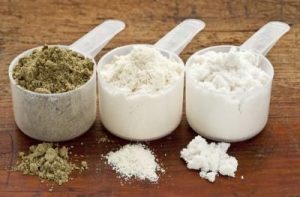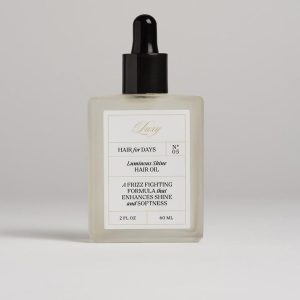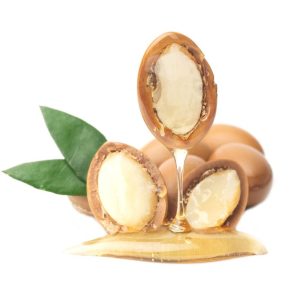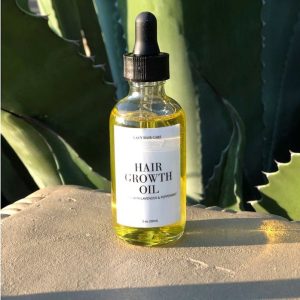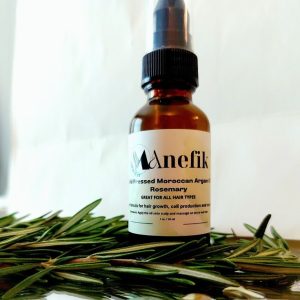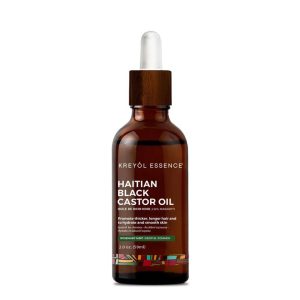
Protein powder is a popular nutritional supplement, especially among athletes and fitness enthusiasts. It provides a concentrated dose of protein in a convenient and easy-to-use format. But how exactly is this powder made? This article dives deep into the process of transforming raw ingredients into the protein powder you see on store shelves.
Sourcing the Protein
There are two main categories of protein sources for powder: animal-based and plant-based.
Animal-based protein:
Whey and casein are the most common protein sources. Whey is a liquid byproduct of cheese production. Casein is the milk protein that curdles during cheesemaking. Other animal sources include egg whites and beef.
Plant-based protein:
Plant protein sources are becoming increasingly popular. These include soy, pea, rice, and hemp protein.
Protein Extraction: Separating the Goods
Once the protein source is obtained, the next step is to isolate the protein itself. The methods used vary depending on the source material.
-
Whey protein: Whey undergoes filtration processes like microfiltration or ultrafiltration. These techniques separate the protein from lactose (milk sugar), fats, and other components in whey.
-
Casein protein: Casein can be extracted using acid precipitation. This method involves adjusting the pH of whey, causing casein to clump together. The casein curds are then separated and dried.
-
Plant-based protein: Plant protein extraction often involves a combination of mechanical and water-based separation techniques. The source material is ground into a flour, mixed with water, and then centrifuged to separate the protein from unwanted components like fiber and starches.
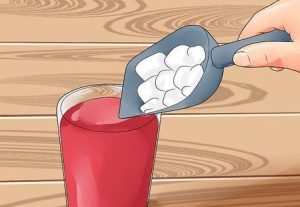
Concentration and Isolation: Going for Purity
After extraction, the protein is still mixed with water and other substances. There are two main types of protein powder based on protein content:
-
Concentrates: These powders contain 60-85% protein by weight. They may also contain some carbohydrates, fats, and lactose depending on the source.
-
Isolates: Isolates undergo further processing to remove most of the non-protein components. They typically boast a protein content of 90% or higher.
Drying and Finishing Touches: The Final Steps
The concentrated or isolated protein solution is then dried. Spray drying is a common method that involves atomizing the liquid protein into a fine mist and exposing it to hot air. This rapidly removes moisture, resulting in a protein powder.
-
Flavoring and additives: Unflavored protein powder has a neutral taste and gritty texture. Many manufacturers add flavorings, sweeteners, and other ingredients to improve the palatability and mixability of the powder.
-
Packaging and quality control: The finished protein powder is then packaged and undergoes rigorous quality control procedures to ensure its safety and nutritional content.
From Farm to Fitness Center: The Journey of Protein Powder
Protein powder goes through a fascinating process, transforming from raw materials like milk and plants into a concentrated source of protein. The next time you scoop out a serving of protein powder, take a moment to appreciate the scientific ingenuity behind this popular nutritional supplement.
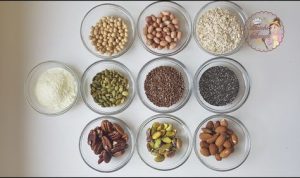
Filtering and Isolating the Protein
Once the protein is separated from the bulk of the raw material, manufacturers use different techniques to further purify it. Here’s a closer look at filtration methods:
-
Microfiltration and Ultrafiltration (Whey Protein): These techniques use membranes with tiny pores that allow water and smaller molecules to pass through but trap protein molecules. This concentrates the protein solution.
-
Acid Precipitation (Casein Protein): This method involves adding acid to the whey solution, causing casein to clump together. The curds are then separated from the liquid and dried.
Going for Purity: Concentration vs. Isolation
The next step determines the final protein content of the powder. Here’s the difference between concentrates and isolates:
-
Concentrates: These powders contain 60-85% protein by weight. They may also contain carbohydrates, fats, and lactose depending on the source. Concentrates are generally less expensive than isolates.
-
Isolates: Isolates undergo further processing to remove most of the non-protein components. They typically boast a protein content of 90% or higher. This additional processing step makes isolates more expensive than concentrates.
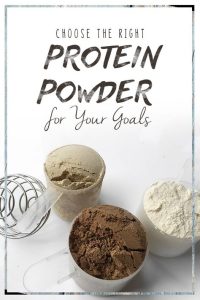
Drying and Finishing Touches: The Final Steps
After concentration or isolation, the protein solution is still in liquid form. Here’s how it transforms into the powder you recognize:
-
Drying: The protein solution goes through a drying process to remove most of the moisture. Spray drying is a common method that breaks the liquid into a fine mist and exposes it to hot air. This rapidly evaporates the water, leaving behind protein powder.
-
Flavoring and Additives: Unflavored protein powder has a neutral taste and gritty texture. Many manufacturers add flavorings, sweeteners, and other ingredients to improve the palatability and mixability of the powder. These can include things like cocoa powder, stevia, and lecithin.
-
Packaging and Quality Control: You can pack the finished protein powder in containers and undergoes rigorous quality control procedures. This ensures the safety and nutritional content of the powder meets strict standards before it reaches store shelves.
Additional Considerations
Here are some additional points to consider about protein powder production:
-
Variety of Ingredients: Protein powder can include additional ingredients beyond protein isolates or concentrates. These can include thickeners, digestive enzymes, and vitamins and minerals.
-
Regulation: Protein powder is regulated as a food product by most countries. This means it must meet certain safety and quality standards.
-
Labeling: Protein powder labels typically include information on protein content, ingredients, and allergens. It’s important to read the label carefully to understand what you’re consuming.
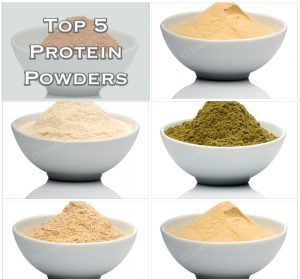
Protein powder production is a complex process that transforms raw materials into a concentrated source of protein. Understanding this process can help you make informed choices when selecting a protein powder for your needs.
Selecting the Right Protein Source
Choosing a protein source for the powder depends on various factors. Here’s a breakdown of some considerations:
-
Dietary Needs: Lactose intolerant individuals might opt for whey protein isolates that are low in lactose. Vegans would choose plant-based sources like pea or soy protein.
-
Absorption Rate: Whey protein is know for being absorbed quickly, making it ideal for post-workout recovery. Casein protein absorbs slower, providing a sustained release of amino acids.
-
Taste and Texture: Different protein sources have distinct tastes and textures. Some experimentation might be required to find a protein powder you enjoy.
